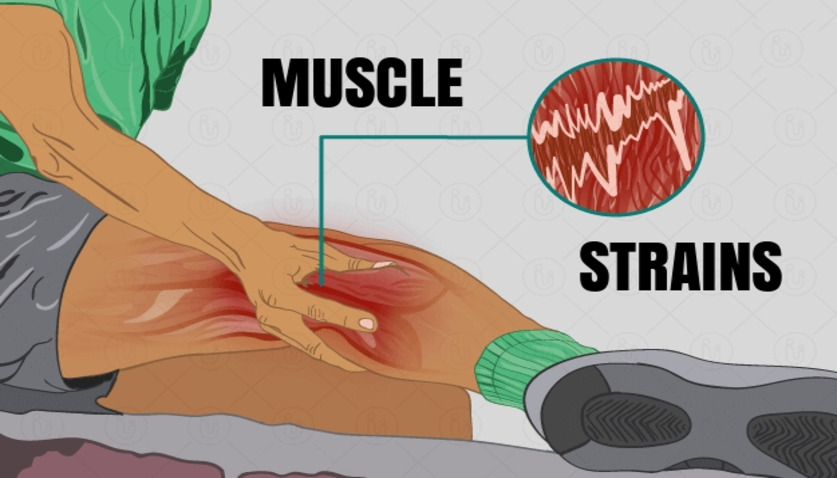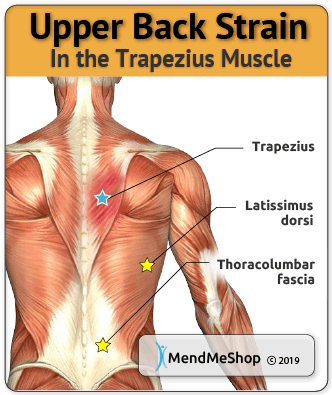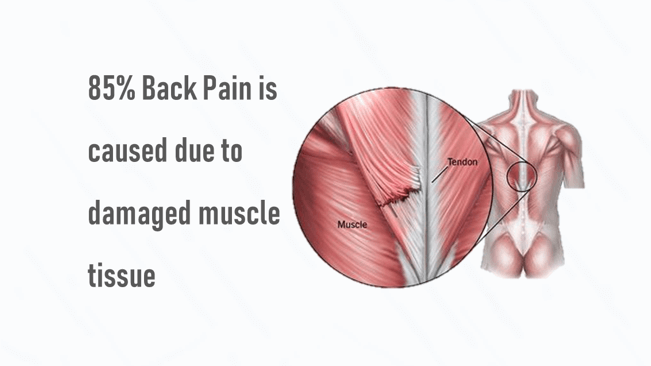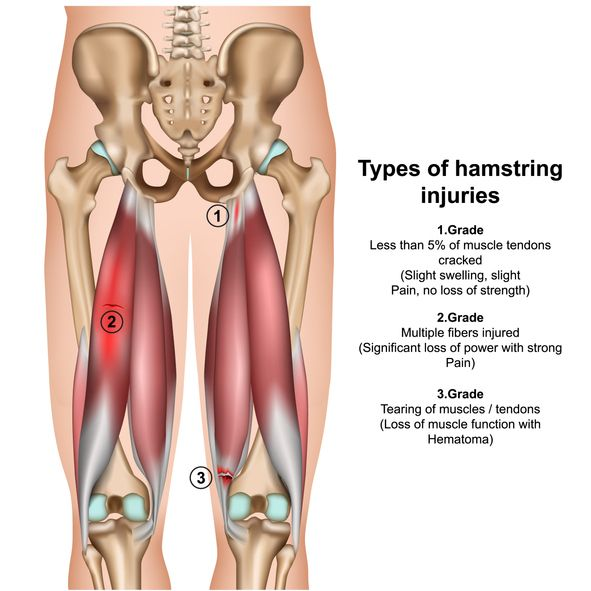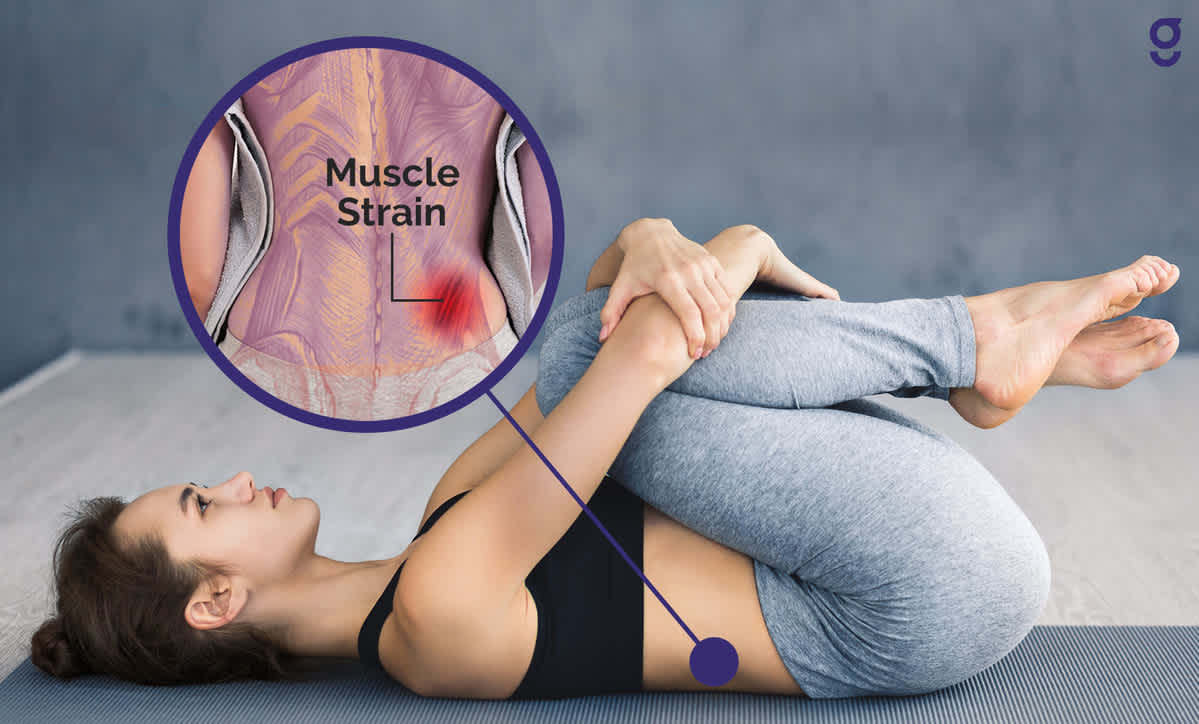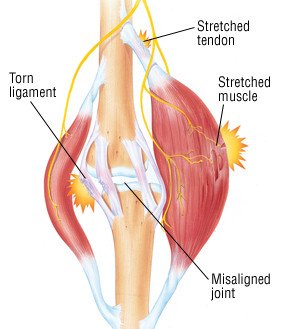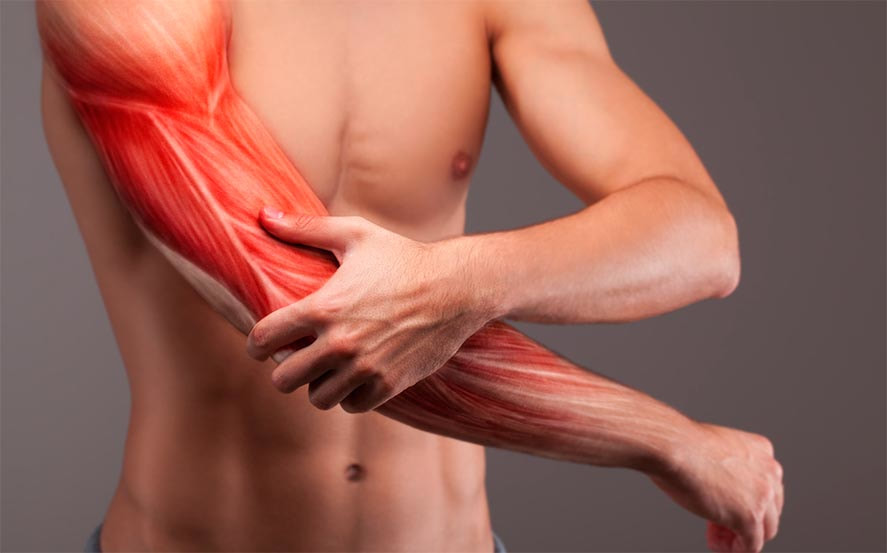Best Tips About How To Ease Muscle Strain

Increasing your overall flexibility will also protect your muscles from future injuries.
How to ease muscle strain. 5 ways to reduce muscle soreness, stat. This can reduce swelling and provide support. The first step with any muscle strain (and most musculoskeletal.
Pain when the specific muscle or the joint in relation to that muscle is used. As soon as the injury occurs, you should begin applying ice packs to the muscle every two to three hours, for 15 minutes. Ice should be applied to the injured area.
If you had a minor muscle strain, you should be able to do some gentle movement after two days. Be gentle and do not forget to massage the muscles above your eyebrows. For a strained muscle in the hip, lie flat on the back and pull the right knee to the chest.
Hold it there for 10 to 15 seconds before straightening the leg out again. After 20 seconds, massage your lower eyelid for about 20 seconds. This should be done for the first 48 hours after an injury.
Apply ice to the injury for 20 minutes each hour you’re awake. Immediately after injury, the goal of treatment for a groin strain is to reduce pain and swelling. Drinking a small amount of pickle juice reportedly relieves cramping muscles within 30 to 35 seconds.
The best way to prevent muscle strains is to stretch and warm up before exercising. How to treat a strained back muscle 1. Symptoms of muscle strain include:
You should always warm up before exercise and cool. Recovering from a muscle strain at home 1. This is thought to work by restoring electrolyte balance.
Consuming protein after your workout can help give your body the raw material it needs to repair this muscle damage. Rest is important to allow the muscle to heal. Hot and cold therapy the idea of using heat or ice for strained back muscles may sound traditional or outdated to.
The first few days of treatment follow the protocol for any muscle injury: Following these general tips can help to relieve and prevent knee pain: Treatment for a muscle strain includes rest, ice, compression, and elevation (rice).
Research published in the scandinavian journal of medicine and science in sports found that.
:max_bytes(150000):strip_icc()/low-back-strain-2548837-FINAL2-d443d7601c5f40218f6cadf815da11cf.png)

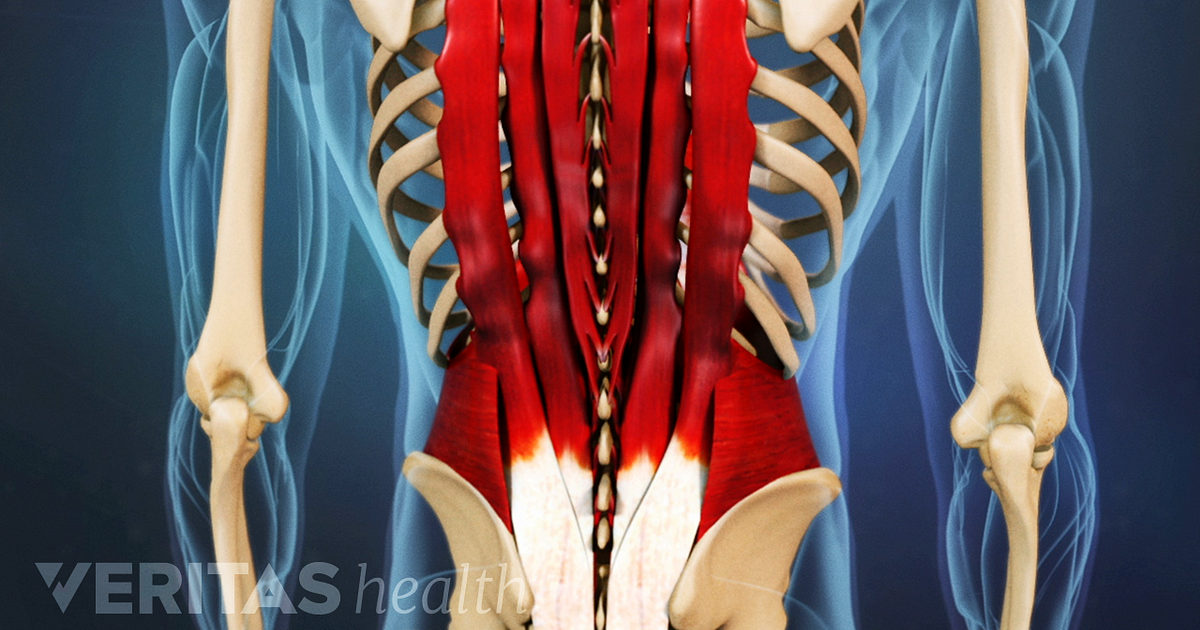
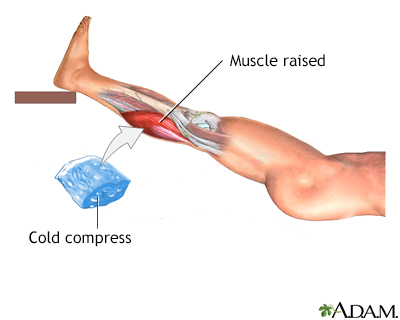

:max_bytes(150000):strip_icc()/abdominal-muscle-strain-2548831_fin-098608067ee94c07a5b79658914cd384.png)
